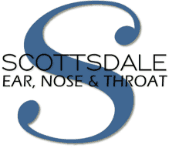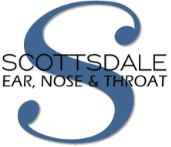Bone-Anchored Hearing Systems as an Alternative to Hearing Aids
BAHS provide a viable alternative to individuals who want to improve their ability to communicate and continue to take part in the lifestyle activities they’re used to, but who are unable to benefit from traditional hearing aids. They are perfect for those who want:
● The capacity to better understand speech
● To enjoy conversations during meals or social events
● To watch television or listen to music at normal volume levels
● To participate in sports and recreational activities
Bone-Anchored Hearing Systems vs. Cochlear Implants
Bone-anchored hearing systems (BAHS), also known as bone-anchored auditory implants or bone-anchored hearing aids (BAHA) differ from cochlear implants. Though both are surgically implanted devices for hearing loss, they treat different types of hearing problems.
BAHS uses bone conduction in the skull surrounding the inner ear, bypassing the auditory canal, to transmit sound stimuli to a functioning inner ear, while cochlear implants bypass both the auditory canal and inner ear to transmit sound stimuli directly to the auditory nerve.
Similar to a cochlear implant, there are two parts to a bone-anchored hearing device: a titanium bone implant and an external sound processor. The external microphone and sound processor pick up sounds from the environment and convert them into vibrations that are transmitted to the embedded implant.
When the implant vibrates the surrounding bone, the sound waves stimulate the hair cells in the inner ear (cochlea), and these sound signals travel to the brain’s central auditory processing center.
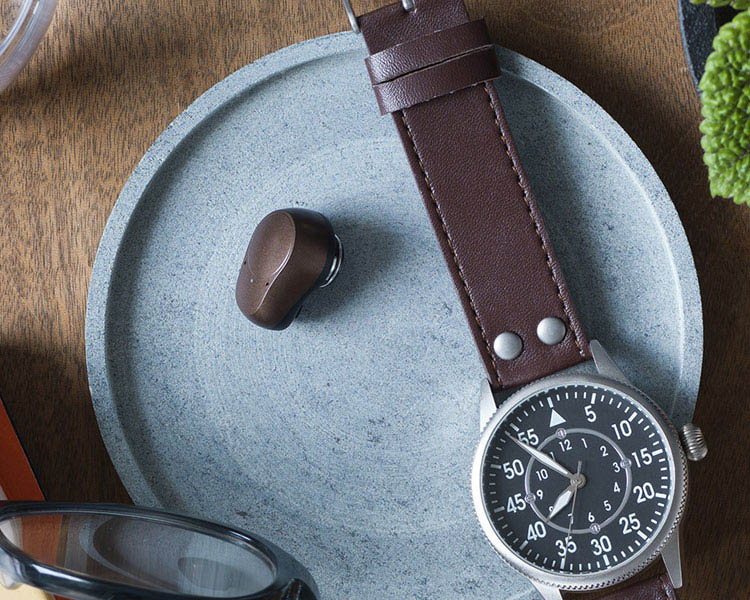
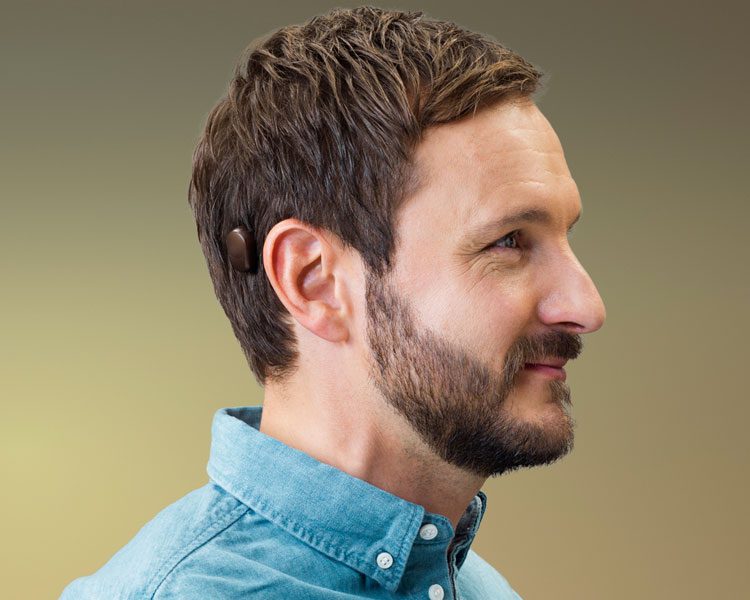
Who is a Good Candidate for Bone-Anchored Hearing Systems?
A bone-anchored hearing system works best for people who have at least one inner ear (cochlear) that functions normally. Individuals who benefit from BAHS may have conductive hearing loss that limits the capacity of the outer or middle ear to transmit sound to the inner ear, may be experiencing complete hearing loss in just one ear, or may need an alternative solution for severe chronic ear infections or allergies to traditional hearing aid materials.
Outer or Middle Ear Malformations
Children or adults who have severe outer or middle ear malformations are good candidates for a bone conduction implant. Malformations, which are usually congenital, typically include narrowing of the ear canal, or a malformed or absent pinna (external ear), leading to conductive hearing loss.
Single-Sided Deafness
Single-sided deafness (SSD) involves a complete loss of all hearing in one ear, while having normal hearing to profound hearing loss in the other ear. Localizing sound or determining what direction it’s coming from is one of the issues related to SSD, diminishing the individual’s capacity to understand speech in noisy environments.
SSD is often the result of an acoustic neuroma (a tumor on the hearing nerve), Meniere’s disease, or sudden sensorineural hearing loss. A CROS device, which routes sounds from the side with weaker hearing to the side with better hearing, might provide an adequate solution for some, but a bone-anchored hearing device may be preferable because it requires the use of only one discreet device.
Chronic Ear Infections or Allergies to Standard Hearing Aids
Extreme cases of chronic ear infections or allergies to traditional hearing aids are additional instances where a bone-anchored hearing device might provide a viable alternative to traditional hearing aids. Traditional hearing aids block the ear canal, which can exacerbate chronic ear infections, while those with allergies to the materials used to make hearing aids and earmolds require a bone-anchored hearing device that does not cause an allergic reaction.
Frequently Asked Questions About Bone-Anchored Hearing Aids
How do bone anchored hearing aids work?
Bone-anchored hearing devices include two components: a titanium bone implant and an external sound processor. The external microphone of the sound processor receives sounds from your environment, and then converts them into vibrations.
The vibrations from the sound processor are transmitted to the embedded implant, vibrating the bones surrounding the inner ear (cochlea), which stimulate the hair cells and result in the firing of the auditory nerve.
Is a bone anchored hearing aid the same as a cochlear implant?
A bone-anchored hearing aid is similar to a cochlear implant in that both have an external sound processor and a surgically implanted device. However, BAHS uses bone conduction to stimulate a functioning inner ear while a cochlear implant bypasses the inner, transmitting sound signals directly to the auditory nerve.
What happens during surgery?
Implanting a bone-anchored hearing device is an outpatient surgical procedure that involves the insertion of a small titanium implant (3-4 mm) into the mastoid bone through a small incision behind the ear by an ENT surgical specialist. The external processor attaches to the titanium implant by means of an abutment that sticks out through the skin or via a built-in magnet.
The procedure typically takes 15-minutes using a local anesthesia, reducing the complications involved with general anesthesia. MIPS (minimally invasive Ponto surgery) reduces additional complications because it doesn’t require suturing, eliminates scarring, and fosters rapid healing.
Can you hear right away?
Before the external device can be attached to the implanted device, the area around the incision will need time to heal, which takes anywhere from 3 weeks to 3 months, depending on the type of procedure used to install the implant.
Once the external device is attached, it is programmed and tested by your hearing care expert to make sure that it provides adequate support for your specific hearing loss. Similar to acoustic hearing aids, there may be some adjustments needed as the patient gets accustomed to hearing the processed sounds.
Can a bone-anchored hearing aid be removed?
It is difficult to remove the implanted component of a bone-anchored hearing system because the titanium implant is designed to fuse with the bone. However, the external processor can be easily removed and replaced as necessary and is the only part that is changed when it comes time to upgrade your BAHS.
Who manufactures bone-anchored hearing systems?
Only two manufacturers have FDA approval to manufacture bone-anchored hearing devices: Oticon Medical and Cochlear Americas.
Ponto™ is the brand name of Oticon Medical’s bone-anchored processor, which has been on the market since 2009. The newest Ponto hearing implant is the smallest available bone-anchored hearing device on the market, offering full wireless capabilities.
BAHA (bone-anchored hearing aid) is often used to describe all bone-anchored hearing systems, but BAHA™ is also the name of a specific brand of bone-anchored hearing aid produced by the Cochlear Americas company.
Can older adults use bone-anchored hearing systems?
Bone-anchored hearing devices are often used to treat hearing loss in older adults when changes to the outer or middle ear led to conductive hearing loss or in response to single-sided deafness (SSD) that does not respond well to traditional hearing aids.
Are bone anchored hearing systems covered by insurance/Medicare?
Bone-anchored hearing systems, and the procedures to implant them, are frequently covered by private insurance. Our insurance specialist can assist you with checking your coverage and help you appeal a denial or find other options to afford your bone-anchored hearing system if needed.
Does Medicare cover bone anchored hearing aids?
Yes. The Centers for Medicare and Medicaid Services (CMS) revised its hearing aid definition so that Auditory Osseointegrated and Auditory Brainstem Implant (ABI) devices and associated services are clearly covered under Medicare as prosthetic devices.
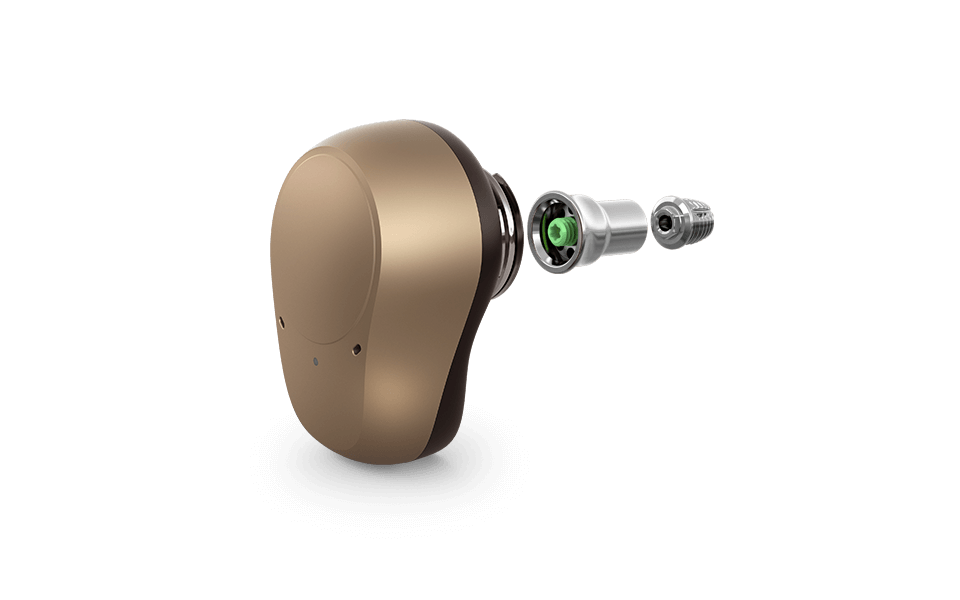
Scottsdale ENT Provides Bone-Anchored Hearing Systems
There are cases involving malformation of the outer or middle ear, single-sided deafness, and/or chronic ear infections or allergies that do not respond well to the use of traditional hearing aids. If you are an individual that wants to continue enjoying the active and independent lifestyle you’re used to and might benefit from a bone-anchored hearing device, the audiology specialists at Scottsdale ENT have you covered.
Contact us using the form in order to learn more about bone-anchored hearing systems or to schedule a consultation with one of our doctors to determine if you are a good candidate for this better hearing solution.
You Might Also Like
The latest news, technological breakthroughs, and patient resources available from the experts at Scottsdale Ear, Nose & Throat.
